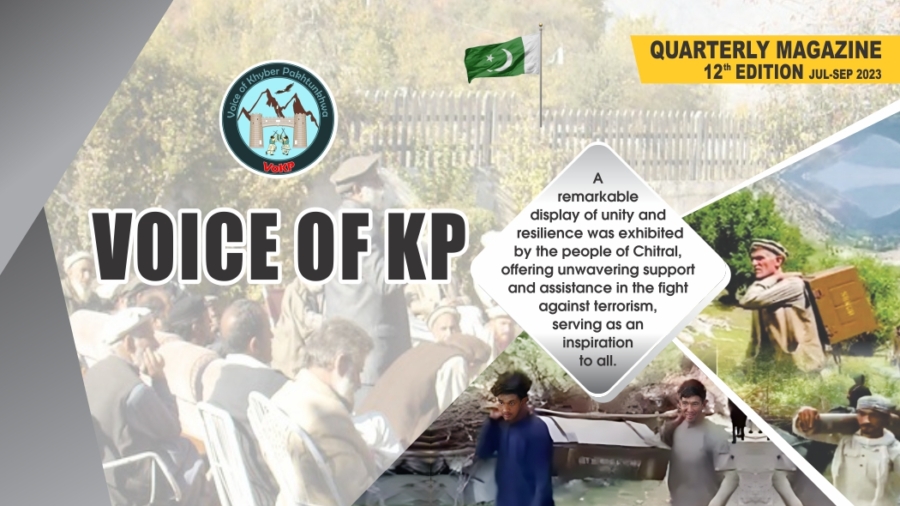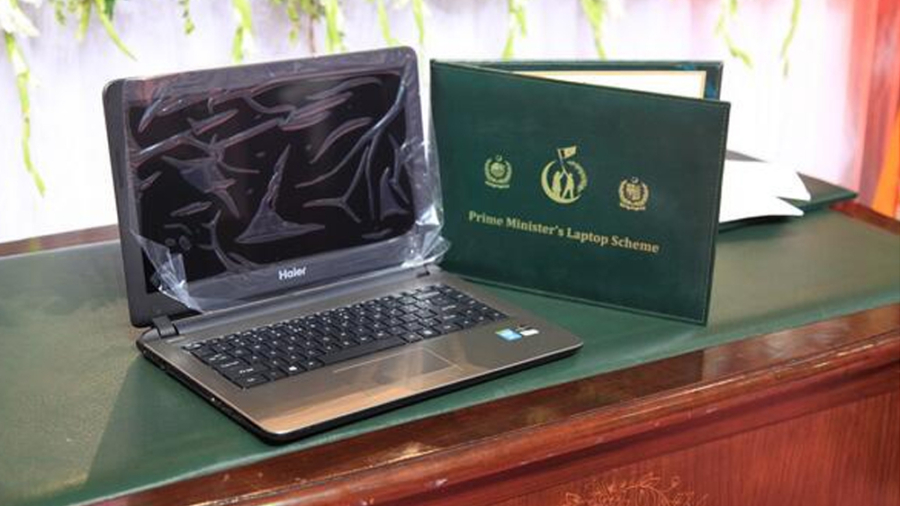ورلڈ کپ کے 39 ویں میچ میں آسٹریلوی بیٹر گلین میکسویل نے ناقابل یقین بیٹنگ کرتے ہوئے افغانستان سے فتح چھین لی۔ میکسویل کی 201 رنز کی شاندار اننگز کی بدولت آسٹریلیا نے افغانستان کو 3 وکٹوں سے شکست دے کر سیمی فائنل کے لیے کوالیفائی کرلیا۔
دونوں ٹیموں کے درمیان یہ میچ ممبئی کے وانکھڈے اسٹیڈیم میں کھیلا گیا، جہاں افغانستان نے آسٹریلیا کے خلاف ٹاس جیت کر بیٹنگ کا فیصلہ کیا تھا۔ افغانستان نے مقررہ 50 اوورز میں 5 وکٹ کے نقصان پر 291 رنزبنائے، ابراہیم زدران 129 رنزبناکر ناقابل شکست رہے۔ ابراہیم زدران ورلڈکپ میں افغانستان کی جانب سے سنچری اسکور کرنے والے پہلے بیٹر بن گئے۔ اس کے علاوہ رحمت شاہ 30 اور حشمت اللہ نے 26 رنزبنائے جبکہ عظمت اللہ 22 ، رحمان اللہ گُرباز 21 اور محمدنبی نے 12 رنز اسکور کیے۔ راشد خان 35 رنز بنا کرناٹ آؤٹ رہے۔
آسٹریلیا کی جانب سے جوش ہیزل ووڈ نے 2 کھلاڑیوں کو آؤٹ کیا، ایڈم زمپا اور گلین میکسویل نے ایک ایک وکٹ حاصل کی۔ زخمی میکسویل جیت گیا، افغانستان ہار گیا، افغانستان کے 292 رنز کے ہدف کے تعاقب میں آسٹریلیا کا ٹاپ آرڈر ریت کی دیوار ثابت ہوا۔ گلین میکسویل کی 201 رنز کی اننگز کو ون ڈے کرکٹ کی بہترین اننگز کہا جائے تو غلط نہ ہوگا، 91 رنز کے مجموعی اسکور پر 7 وکٹیں گرنے کے بعد میکسویل نے ٹانگ میں تکلیف کے باوجود اکیلے ہی گراؤنڈ میں چھکے چوکے مارے اور افغان بولرز کا بھرکس نکال دیا۔ گلین میکسویل کی 201 رنز کی اننگز کو ون ڈے کرکٹ کی بہترین اننگز کہا جائے تو غلط نہ ہوگا، 91 رنز کے مجموعی اسکور پر 7 وکٹیں گرنے کے بعد میکسویل نے ٹانگ میں تکلیف کے باوجود اکیلے ہی گراؤنڈ میں چھکے چوکے مارے اور افغان بولرز کا بھرکس نکال دیا۔ گلین میکسویل نے201 رنز کی طوفانی اننگز کھیل کر افغانستان کے جبڑوں سے فتح چھین لی،







 پاکستان کی جانب سے طلبا کو مفت لیپ ٹاپ کی سہولت ملنا کسی نعمت سے کم نہیں اس لئے لیپ ٹاپ لینے والے طلبا کو چاہئے کہ وہ اس نعمت کی قدر کریں اور اپنی علم و تحقیق میں اس کا مثبت استعمال کرکے ملک وقوم کہ ترقی میں اپنا کردار ادا کریں انہوں نے کہا کہ بعض اوقات آپ کی زندگی میں ایک ایسا وقت آتا ہے جو آپ کی تمام زندگی سنوار دیتا ہے اور مجھے یاد ہے کہ مجھے بھی سکالر شپ ملا اور میں نے اس کا حق ادا کیا جو آج میں اس ہم پوزیشن پر ملک و قوم کی خدمت کرکے اپنے فرائض سر انجام دے رہا ہوں ۔ تقریب سے خطاب کرتے ہوئے وائس چانسلر گومل یونیورسٹی پروفیسر ڈاکٹر شکیب اللہ کا کہنا تھا کہ سب سے پہلے تو میں حکومت پاکستان، وفاقی وزیر تعلیم ہائیر ایجوکیشن کمیشن اسلام آباد کا انتہائی مشکور ہوں جن کی وجہ سے آج ہمارے طلبا کو مفت لیپ ٹاپ مل رہے ہیں جس پر میں لیپ ٹاپ حاصل کرنے والے تمام طلبا اور ان کے والدین کو مبارکباد دیتا ہوں ۔ان کا مزید کہنا تھا کہ آج کے جدید دور میں جہاں ہر طرف جدت آگئی ہے وہیں حصول علم میں طلبا کو اپنی علم وتحقیق کو مزید بہترکرکے اپنی عملی زندگی میں کامیابی کیلئے رہنمائی کی ضرورت ہوتی ہے وہیں یہ لیپ ٹاپ ان طلبا کیلئے نہایت ہی مفید ثابت ہوں گے۔ گومل یونیورسٹی فنانشل ایڈ اینڈ سکالر شپ سیکشن کے انچارج ڈاکٹر حامد خان نے وزیراعظم لیپ ٹاپ سکیم کے حوالے سے بتایا کہ گومل یونیورسٹی کے سکالر شپ سیکشن نے تمام شعبہ جات کے میرٹ پر آنیوالے طلبا ء کی لسٹ کو انتہائی کم وقت میں اکٹھا کرکے ہائیر ایجوکیشن کمیشن اسلام آباد کو بھیجا گیا جس کے بعد ایچ ای سی کی جانب سے منتخب کئے گئے 2080طلبا میں لیپ ٹاپ تقسیم کرنے کا باقاعدہ آغاز آج سے ہو رہاہے اور اس حوالے سے ہر شعبہ کا اپنا دن مخصوص کیا گیا ہے تاکہ ان طلباء میں لیپ ٹاپ کی تقسیم کا عمل وقت پر مکمل کیا جا سکے۔ ان کا مزید کہنا تھا کہ گومل یونیورسٹی کے تمام شعبہ جات میں لیپ ٹاپ کی تقسیم اپنے مقررہ دن اور وقت پر جاری رہے گی اور کسی بھی قسم مشکل یا مسئلہ میں طلبا اپنے شعبہ کے فوکل پرسن یا گومل یونیورسٹی کے فنانشل ایڈ اینڈ سکالر شپ سیکشن سے رابطہ کر سکتے ہیں۔تقریب کے اختتام پر کمشنر ڈیرہ ڈویژن ظہیر الاسلام خٹک اور وائس چانسلر گومل یونیورسٹی پروفیسر ڈاکٹر شکیب اللہ نے طلبا میں لیپ ٹاپ تقسیم کئے۔
پاکستان کی جانب سے طلبا کو مفت لیپ ٹاپ کی سہولت ملنا کسی نعمت سے کم نہیں اس لئے لیپ ٹاپ لینے والے طلبا کو چاہئے کہ وہ اس نعمت کی قدر کریں اور اپنی علم و تحقیق میں اس کا مثبت استعمال کرکے ملک وقوم کہ ترقی میں اپنا کردار ادا کریں انہوں نے کہا کہ بعض اوقات آپ کی زندگی میں ایک ایسا وقت آتا ہے جو آپ کی تمام زندگی سنوار دیتا ہے اور مجھے یاد ہے کہ مجھے بھی سکالر شپ ملا اور میں نے اس کا حق ادا کیا جو آج میں اس ہم پوزیشن پر ملک و قوم کی خدمت کرکے اپنے فرائض سر انجام دے رہا ہوں ۔ تقریب سے خطاب کرتے ہوئے وائس چانسلر گومل یونیورسٹی پروفیسر ڈاکٹر شکیب اللہ کا کہنا تھا کہ سب سے پہلے تو میں حکومت پاکستان، وفاقی وزیر تعلیم ہائیر ایجوکیشن کمیشن اسلام آباد کا انتہائی مشکور ہوں جن کی وجہ سے آج ہمارے طلبا کو مفت لیپ ٹاپ مل رہے ہیں جس پر میں لیپ ٹاپ حاصل کرنے والے تمام طلبا اور ان کے والدین کو مبارکباد دیتا ہوں ۔ان کا مزید کہنا تھا کہ آج کے جدید دور میں جہاں ہر طرف جدت آگئی ہے وہیں حصول علم میں طلبا کو اپنی علم وتحقیق کو مزید بہترکرکے اپنی عملی زندگی میں کامیابی کیلئے رہنمائی کی ضرورت ہوتی ہے وہیں یہ لیپ ٹاپ ان طلبا کیلئے نہایت ہی مفید ثابت ہوں گے۔ گومل یونیورسٹی فنانشل ایڈ اینڈ سکالر شپ سیکشن کے انچارج ڈاکٹر حامد خان نے وزیراعظم لیپ ٹاپ سکیم کے حوالے سے بتایا کہ گومل یونیورسٹی کے سکالر شپ سیکشن نے تمام شعبہ جات کے میرٹ پر آنیوالے طلبا ء کی لسٹ کو انتہائی کم وقت میں اکٹھا کرکے ہائیر ایجوکیشن کمیشن اسلام آباد کو بھیجا گیا جس کے بعد ایچ ای سی کی جانب سے منتخب کئے گئے 2080طلبا میں لیپ ٹاپ تقسیم کرنے کا باقاعدہ آغاز آج سے ہو رہاہے اور اس حوالے سے ہر شعبہ کا اپنا دن مخصوص کیا گیا ہے تاکہ ان طلباء میں لیپ ٹاپ کی تقسیم کا عمل وقت پر مکمل کیا جا سکے۔ ان کا مزید کہنا تھا کہ گومل یونیورسٹی کے تمام شعبہ جات میں لیپ ٹاپ کی تقسیم اپنے مقررہ دن اور وقت پر جاری رہے گی اور کسی بھی قسم مشکل یا مسئلہ میں طلبا اپنے شعبہ کے فوکل پرسن یا گومل یونیورسٹی کے فنانشل ایڈ اینڈ سکالر شپ سیکشن سے رابطہ کر سکتے ہیں۔تقریب کے اختتام پر کمشنر ڈیرہ ڈویژن ظہیر الاسلام خٹک اور وائس چانسلر گومل یونیورسٹی پروفیسر ڈاکٹر شکیب اللہ نے طلبا میں لیپ ٹاپ تقسیم کئے۔


